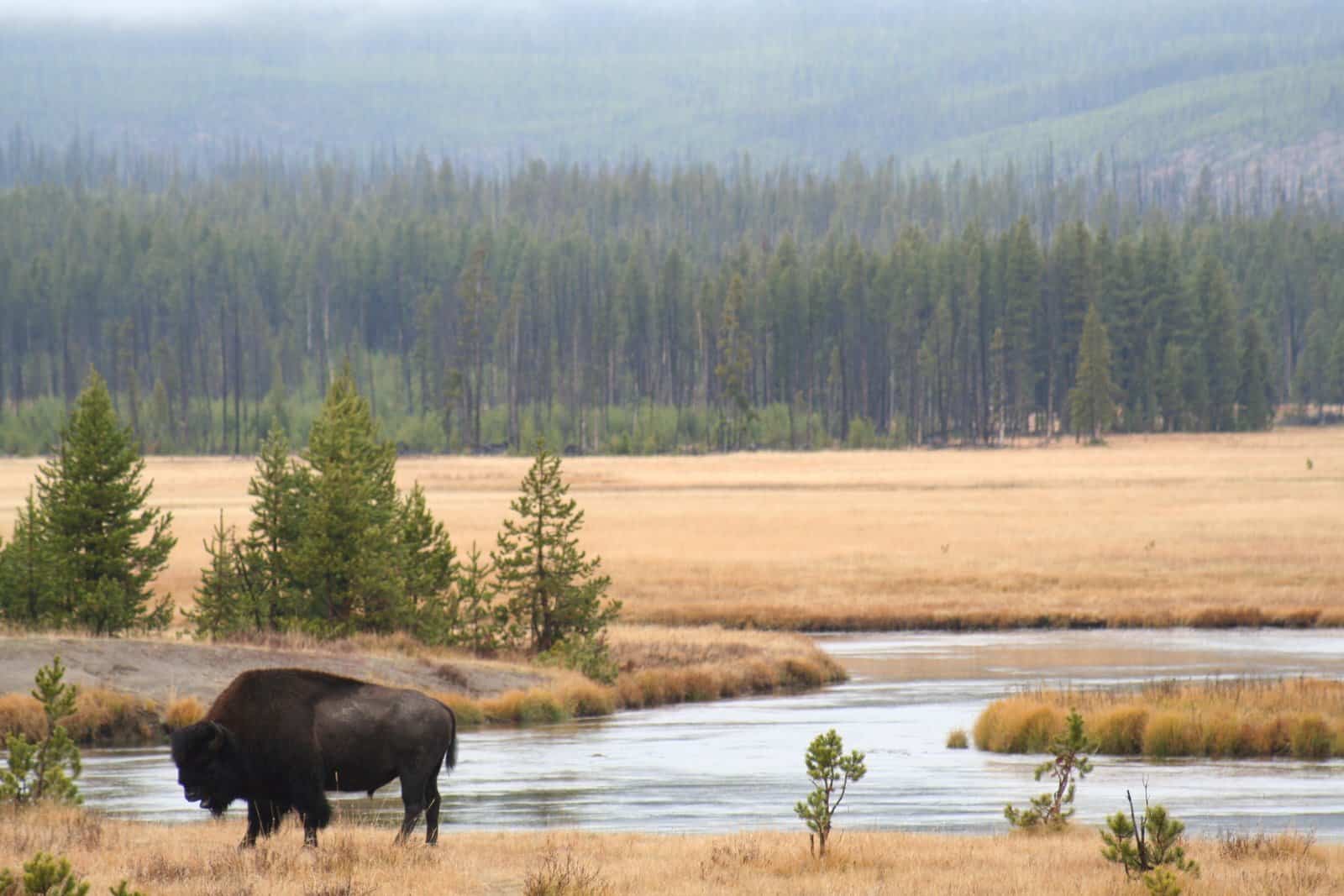Share this article
How bumble bees balance their diet
When bumble bees go foraging, they are seeking more than a pretty flower. The insects select pollen with just the right nutrients, preferring a protein-to-fat ratio of about five to one, according to new research. The findings could help managers determine which types of flowers to plant in order to restore pollinator habitats.
“We can show that at least for bumble bees, even though they are floral generalists — meaning that they visit a wide variety of different plant species — they’re more of a nutritional specialist,” said Anthony Vaudo, a pollination ecologist at Pennsylvania State University and lead author of the study published this month in Proceedings of the National Academy of Sciences.
In the past, most research on pollinator preferences has focused on what flowers look and smell like, says Vaudo. But while petals can serve as flashy signposts, the real reward is the nectar and pollen inside. Nutrient levels vary widely between plant species, with protein making up anywhere from 2 to 60 percent of pollen by weight, according to the researchers.
To understand bees’ pollen choices, Vaudo and his colleagues first provided common Eastern bumble bees (Bombus impatiens) with seven flowering plant species, each of which produces pollen with different nutrient concentrations. Carbohydrates in pollen had no effect on the bees’ choices, most likely because bees get most of their carbs from nectar. But bumble bees made far more visits to plants with higher protein-to-fat ratios in their pollen. The bees’ favorite plant, American senna (Senna hebecarpa), had four-and-a-half times more protein than fat.
Next, the researchers gave the bees a series of blind taste tests. When presented with two thimbles full of pollen, bumble bees consistently ate more of the pollen with higher protein-to-fat ratios, even when they had never seen the original flowers. This indicated that bees evaluate the pollen itself, not just the flowers it comes from.
Finally, the researchers offered the bees commercial honey bee diets augmented with various amounts of protein and fat. The bees ate less of diets with artificially high protein levels, indicating that they weren’t simply trying to maximize their protein intake. Instead, what seemed to matter was the ratio of proteins to fats. Their favorite diets had about five times as much protein as fat, similar to the highest ratios found in natural pollen in the study.
“There have always been hints here and there that bumble bees like pollen with high protein content. But here we show it’s much more complicated than that,” said Vaudo. “It’s not just the pollen with the highest fat content, and it’s not just the pollen with the highest protein content — it’s this balance between the two that they’re after.”
The findings have implications for pollinator conservation. Bees and other pollinators are critical for pollinating crops, and their numbers have declined drastically in recent years. Land managers in some areas are already working to help pollinators, and the Obama Administration’s pollinator health task force is poised to restore or improve pollinator habitat on millions of acres of public land.
But so far, says Vaudo, habitat restoration efforts have typically focused on a few species of plants known to attract many different types of pollinators. The new study suggests that managers should focus less on plant species, and more on the nutrition different plants provide.
“It’s looking at habitat restoration from a different perspective,” said Vaudo. “You could plant 100 different species, but if they’re all from the same genus, they might all have similar nutritional quality.”
Different species of pollinators could have vastly different nutritional needs, requiring diverse types of resources on the landscape, says Vaudo. With more data, the researchers could determine how nutrition needs vary between pollinators, eventually developing restoration plans to support them all.
Header Image: Bumble bees in a red-lit chamber choose between thimbles containing different types of pollen. The researchers use red light because it doesn’t disturb the bees. ©Anthony Vaudo








